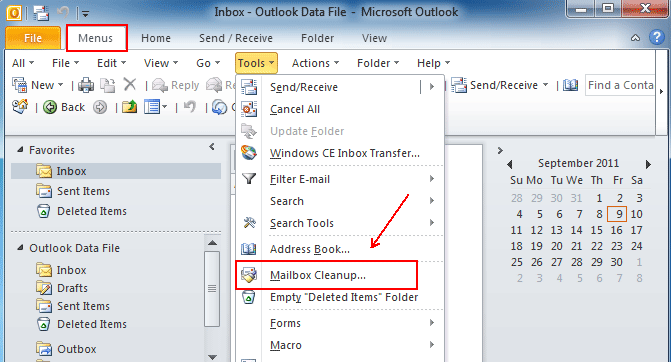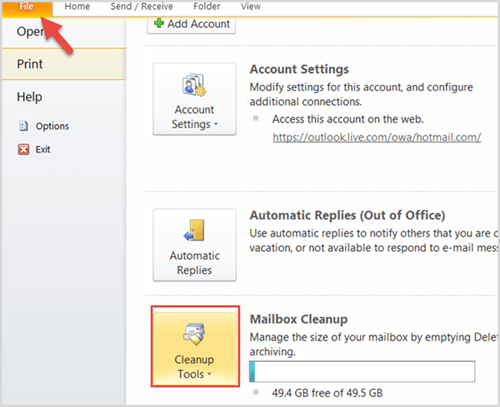

Enabling archive will move all emails (and other items) older than 2 years to archive. It's necessary if we want to move emails to the archive.Īrchive policy defaults to 2 years. The archive is not required, if we plan to delete emails. Follow Enable archive mailboxes in the compliance center if you don't have it PrerequisitesĮxchange Online ( and Exchange Server support some of the features) You can also combine the options to make the cleaning work more efficient.ĭelprof2 is definitely the tool needed in your toolbox, especially when you manage many of computers either at your work or at home.This blog post describes 6 ways to clean up Outlook mailbox in Exchange Online. You can see the full syntax by using /? switch in your command prompt window. To delete inactive locally cached roaming profiles on ‘computername’. To delete the local profiles that are older than 30 days. With a switch /l in the end, it only lists inactive profiles on the remote computer but without deleting them. That’s how you delete all inactive profiles on a remote computer called “computername”. This is the simplest way to reclaim disk space by deleting all profiles except the one you are using and the special ones needed by Windows. Use it to test the command line before actually executing it. This is to list all the profiles only but not delete any of them.

Here are a few examples of how to use the tool: Delpro2 /l It also has some additional filtering options that can help you delete the local copy of a roaming profile or any of those profiles that are inactive. It’s a completely free command line tool that can easily delete inactive user profiles both locally and remotely. And that’s why I like this tool called Delprof2 so much.ĭelprof2 is the unofficial successor to Microsoft’s official Delprof which only works up until Windows XP. It’s even worse if I want to do the clean up on a remote computer. It takes me a few clicks to get there, and only allows me to delete one at a time. Ok, here is what I normally do to delete user profiles on my local computer, doing so through User Profiles from System Properties.īut it’s tedious, and not very efficient.


 0 kommentar(er)
0 kommentar(er)
